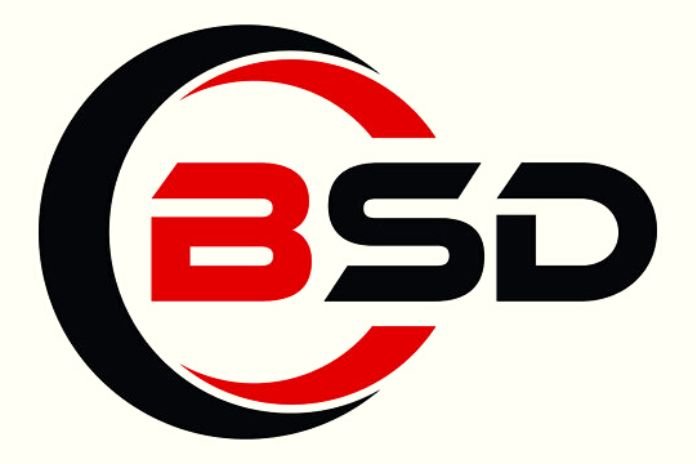What Is Berkeley Software Distribution (BSD)?
Berkeley Programming Circulation, or BSD, is the name of an obsolete Unix variation. It was created somewhere in the range of 1977 and 1995 at the College of California, Berkeley. The BSD code base is as yet significant today and is correspondingly boundless. The Berkeley Programming Circulation (BSD) portrayal is a variation of the open Unix working framework.
It was created and made accessible in 1977 and 1995 by the PC Exploration Gathering at the College of California, Berkeley. Like this, the college’s name tracked down its direction into this exceptional dissemination. Initially, in any case, it returned to AT&T. Today, a few subordinates of BSD are still being used and are a work in progress.
The History Of The Berkeley Software Distribution
To understand why BSD only exists in the form of various descendants, a look at history is essential. As mentioned, Unix went back to the US telecommunications provider AT&T. This began in the 1970s to license the operating system. At that time, version 6 had just been released. This gave organizations and individuals access to source code written in C. Berkeley was among the facilities in question.
As luck would have it, Ken Thompson was a visiting professor at Berkeley at the time. The co-creator of Unix, therefore, made it his task to work with students and other scientists to improve the basic code. The basis for BSD was thus laid.
This quickly developed in the 1980s as the standard solution for workstation systems – particularly powerful machines. The BSD license was (and is) freely available. At the same time, the system had the reputation of being stable and reliable. The Berkeley Software Distribution was, therefore, the obvious choice.
In Addition, BSD Brought Some Key Innovations:
- Fast File System: a faster file system for objects with long names than previous variants.
- Socket interface: general network programming interface
- virtual memory management.
- Internet Protocol Network Implementation.
- Extensions in C (new commands, signals and daemons).
A Process Changes The Situation Permanently
In the mid-1990s, AT&T’s Unix System Laboratories (USL) sued a company founded a few years earlier called Berkeley Software Design Inc. (BSDi). This marketed its BSD version at a lower price than the USL. They suspected trademark infringement and an unauthorized takeover of their (i.e. AT&T) source code.
The trial revealed that the opposite was the case. AT&T had adopted the BSD source code. This was allowed. However, the company had removed the authorship from Berkeley, which was forbidden. It needed to reinstate the references to BSD. And although the lawsuit ended in BSDi’s favor, the lawsuit alone spelt the end. In 1995, version 4.4.2BSDLite2 was the last variant of the original BSD. All successor projects dispensed with any AT&T source code.
The Most Important BSD Successors
The first two direct descendants were NetBSD (1994) and FreeBSD. The latter, however, immediately received another fork called OpenBSD. A rift in the NetBSD team was responsible. Microsoft’s SunOS was still based on the original BSD (version 4.1) and kept central code passages for a long time. The situation was similar with NeXTSTEP – this system is much better known under its current name: Mac OS. Apple’s open-source counterpart Darwin is also based on BSD. Successors to Mac OS that are still in active development are:
- Linux,
- FreeBSD,
- DragonFly (only launched in 2003),
- NetBSD,
- OpenBSD (which was also a continuation project for SunOS),
- AIX (IBM distribution),
- Solaris,
- OpenSolaris,
- HP UX.
Some projects have also been discontinued: Minix and OpenServer are the best-known examples. The code basis for most successors is not the last BSD version but one of the variants 3.0 to 4.1 that appeared in the early 1980s.
Read Also: Share Files Securely With Synology C2 Transfer
Share this content:











Post Comment